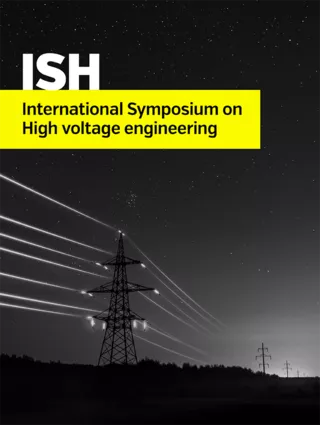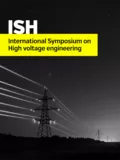Summary
The recent push to higher testing voltages for research and production tests on UHV system components rated above 800kV class has led to difficulties in achieving the standard waveshapes as required by IEC60060 Parts 1 and 2 and other existing IEC, IEEE/ANSI and other standards. One of the limiting components in achieving the maximum capacitive loading on an impulse generator for standard lightning impulse front times is the inductance of the circuit. The total inductance of the circuit is comprised of the internal inductance of the impulse generator and the inductance of the loop to connect to the load. The higher the voltage class of test objects, the larger the loop, yielding more inductance that in turn, reduces the test capacitance that can be connected and still remain inside the overshoot requirements of the standards. The internal inductance of the impulse generator is comprised of the wiring of the stages and the stage capacitor inductance and/or the inductance of the waveshaping resistors. This paper shows the results of methods to measure and calculate the internal inductance of several impulse generators and we review the formulas for calculating the maximum load of an impulse generator with a given internal inductance. We believe these methods give more realistic values than adding up nameplate inductance values from an impulse generator. The paper also reviews the pros and cons of higher stage capacitances in impulse generators to test larger loads that are ultimately limited by the circuit inductance value. The intent of this paper is to assist in the revision of future IEC and IEEE standards for impulse testing apparatus in the UHV range.
Additional informations
| Publication type | ISH Collection |
|---|---|
| Reference | ISH2017_569 |
| Publication year | |
| Publisher | ISH |
| File size | 772 KB |
| Pages number | 5 |
| Price for non member | Free |
| Price for member | Free |
Authors
J. HALLSTROM, A. BERGMAN, A.P. ELG, Y. Li, J.V. KLUSS, L. ZHOU
Keywords
Impulse Testing, Circuit Inductance Measurement, Front Time, Overshoot


